The problem with the capsule has turned Americans into prisoners of space
According to NASA, the eight-day flight of American astronauts to the ISS may last until 2025. Two astronauts who left Earth in June remain on the International Space Station due to problems with the Boeing Starliner capsule.

Two U.S. astronauts who launched into space on an eight-day mission in June could be stuck on the International Space Station until next year unless their Boeing Starliner can be repaired to allow them to return home, NASA said.
NASA officials said Wednesday that astronauts Butch Wilmore and Suni Williams, who became the first crew to fly on Boeing's Starliner capsule, could return on SpaceX's Crew Dragon in February 2025 if the Starliner is still deemed unsafe to return to Earth.
The U.S. space agency is discussing with SpaceX possible plans to leave two empty seats on the upcoming Crew Dragon launch, which was delayed by a month on Tuesday as NASA and Boeing decide how to get astronauts home.
The astronauts' June 5 test flight, originally expected to last about eight days on the station, has been delayed by problems with the Starliner's propulsion system, which are increasingly casting doubt on the spacecraft's ability to return them safely to Earth as planned, The Guardian reports.
A Boeing spokesman said that if NASA decides to change the Starliner mission, the company «will take the actions necessary to configure Starliner for uncrewed return.»
Using SpaceX's vehicle to return the astronauts that Boeing planned to fly on Starliner would be a major blow to the aerospace giant, which has been struggling for years to compete with SpaceX and its more experienced Crew Dragon, The Guardian notes.
The Starliner capsule has been docked to the ISS for 63 of its maximum 90 days, and it is in the same port that Crew Dragon will need to use to deliver the next crew of astronauts.
SpaceX Crew-9 was originally scheduled to launch in mid-August. NASA now says the mission will launch after September 24.
In July, Boeing said that after rigorous ground testing, engineers had identified problems inside Starliner, including sudden engine failures and a helium leak.
In an Aug. 2 statement, the company said “its confidence in the return of Starliner with a crew remains high.”
Recent reports have suggested that a new conflict has flared up behind the scenes between NASA and Boeing executives, with some of the agency’s leaders apparently hesitant to bring Williams and Wilmore back to Earth with Starliner.
A meeting this week within NASA's Commercial Crew Program, which oversees Starliner, ended with some officials disagreeing with a plan to accept Boeing's test data and use Starliner to bring astronauts home, officials said during a news conference Wednesday.
«We didn't conduct the survey in a way that would allow us to come to a conclusion,» said Commercial Crew Program Manager Steve Stich.
“We heard from a lot of people that they had concerns and the decision was unclear,” added Ken Bowersox, NASA’s head of space operations.
A Boeing representative was not present at Wednesday’s press conference, The Guardian notes.
Space experts told The Guardian that it was not unusual or unexpected for an experimental spaceflight to have problems.
“It’s defined as a test flight, it’s called a crewed test flight, and one of the things it does is work out the unplanned problems,” says Jerry Stone, a senior fellow at the Space Studies Institute and author of One Small Step.
But the stakes are high for Boeing, which has struggled with a PR crisis over its planes for the past few years, The Guardian reports.
At the company’s latest press conference on Starliner, Mark Nappi, head of Boeing’s commercial crew program, said he regretted being so “categorical” that the mission would last just eight days.
“I regret that we didn’t just say we’re going to stay there until we’ve done everything we want to do,” Nappi said.
Boeing’s tests so far have shown that four of Starliner’s rocket engines failed in June after overheating and shutting down automatically, while others The engines that were restarted during the tests were weaker than usual due to some limitations in fuel consumption.

















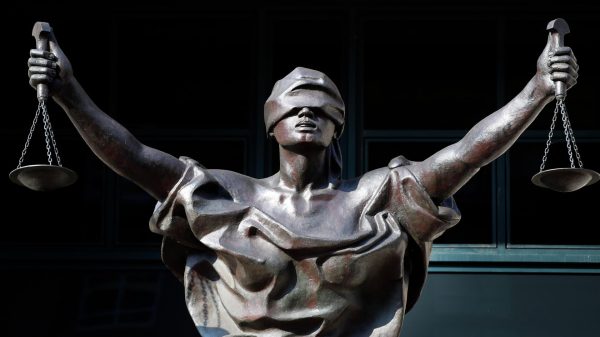

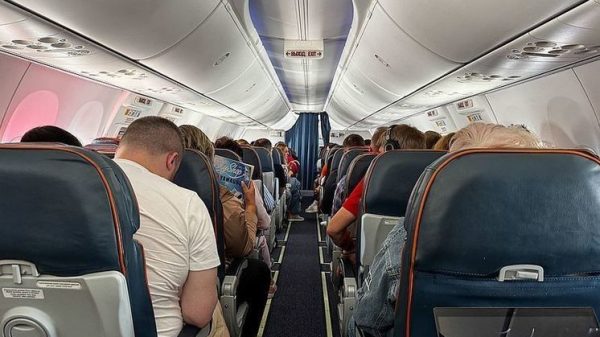

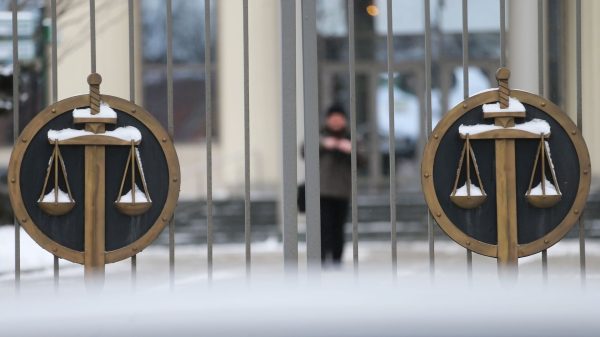
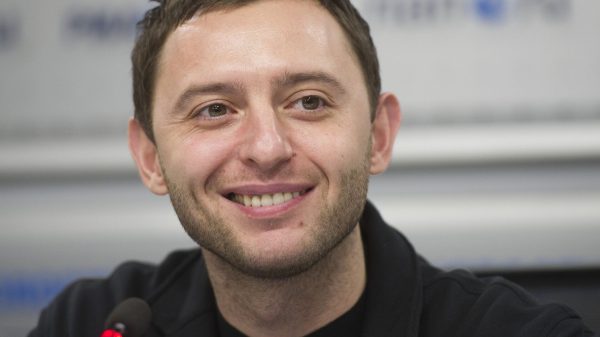
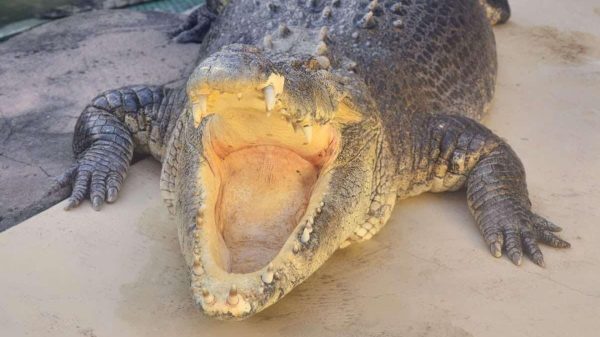
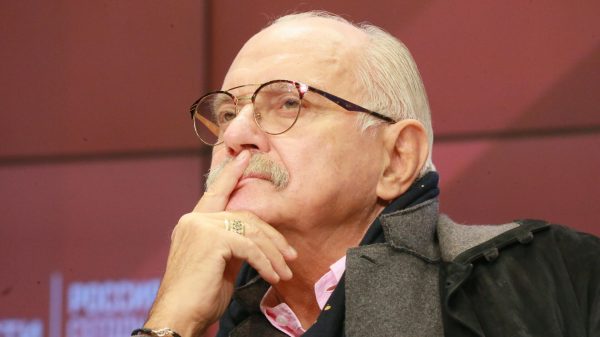
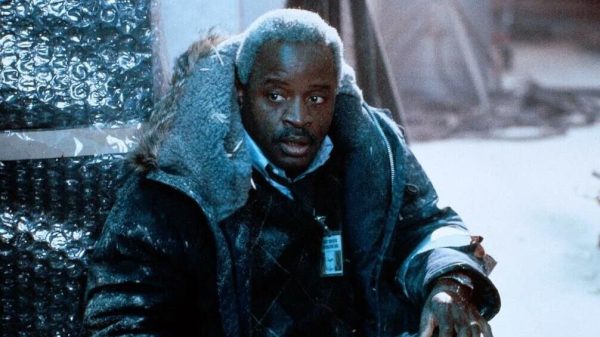
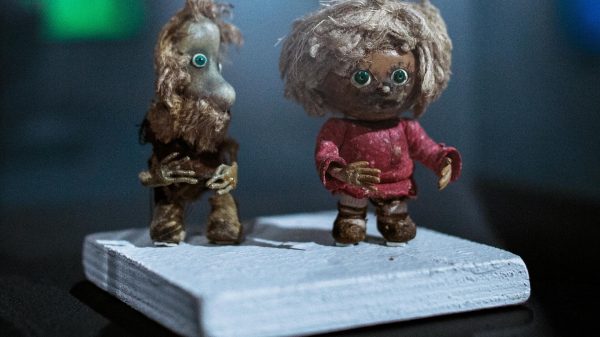
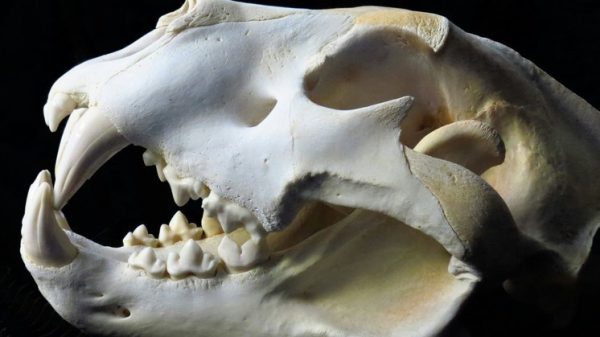
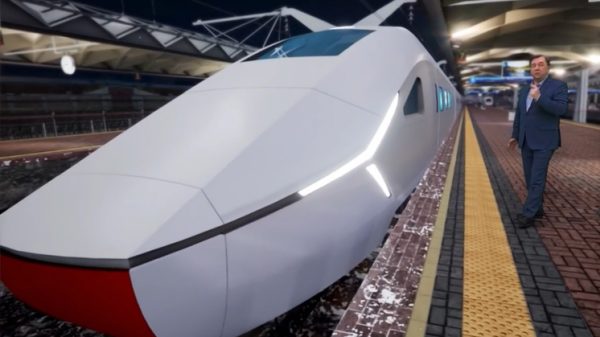
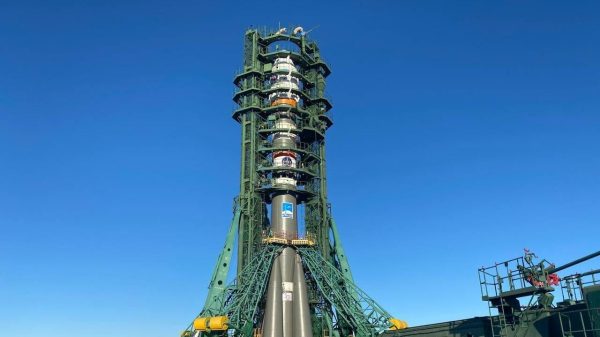
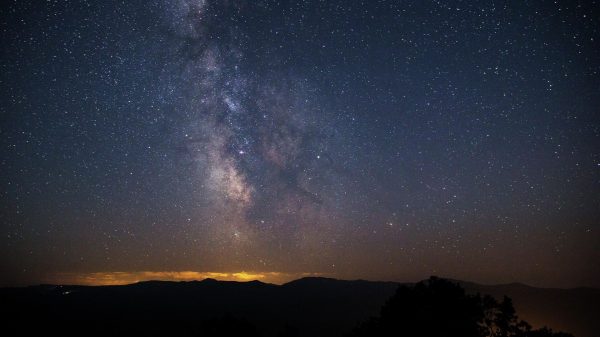
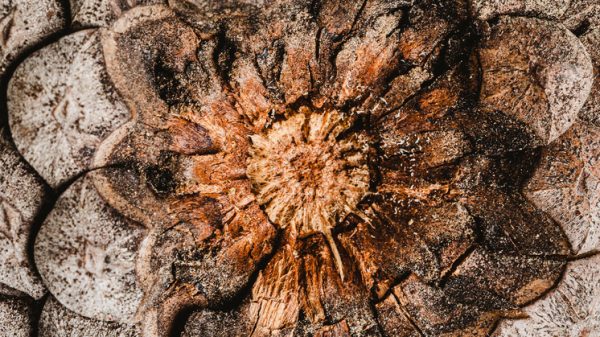


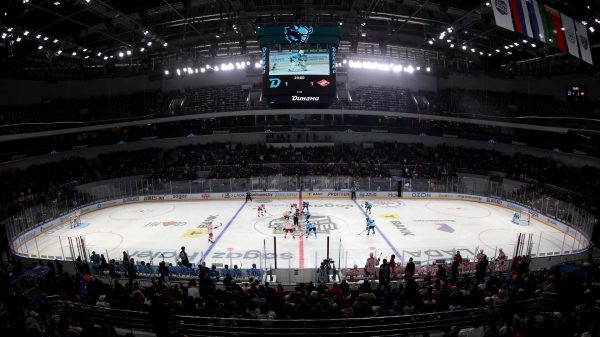

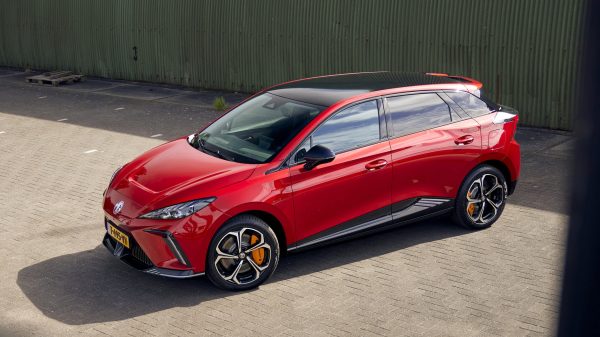

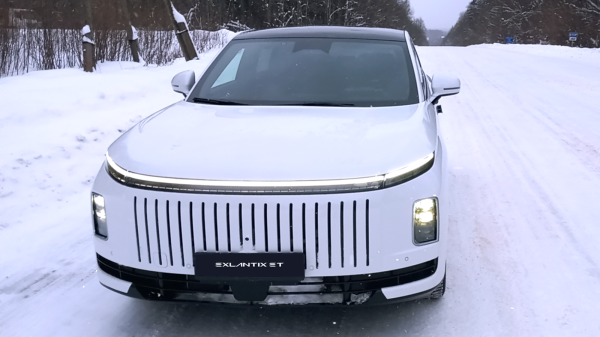

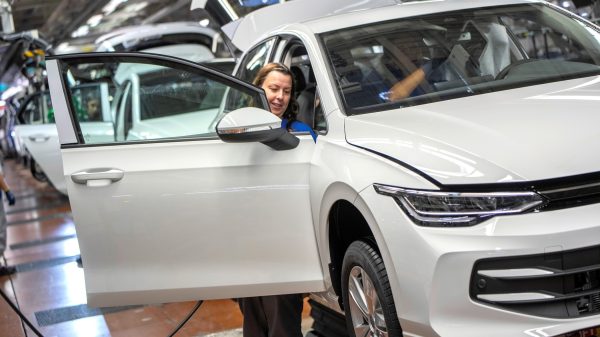


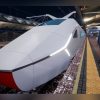


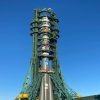









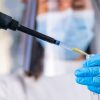







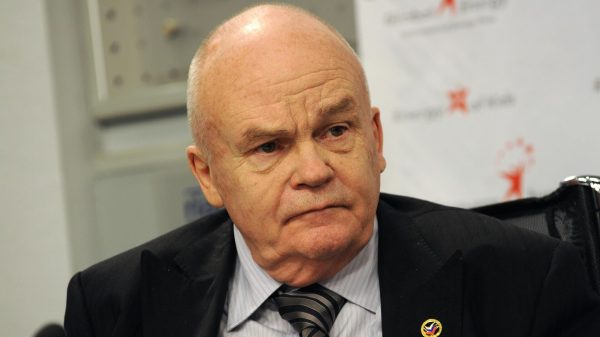
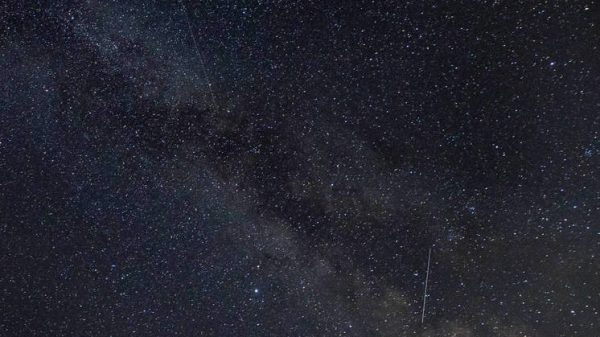

Свежие комментарии